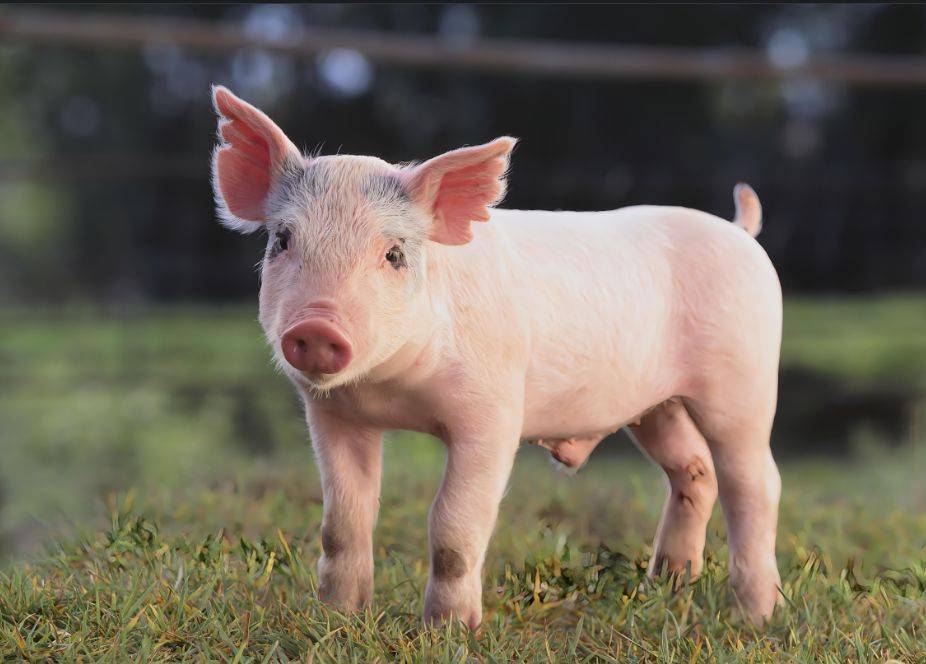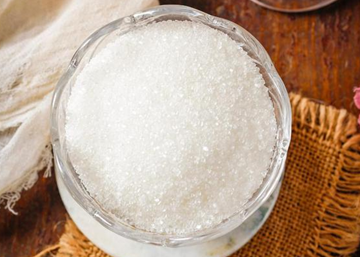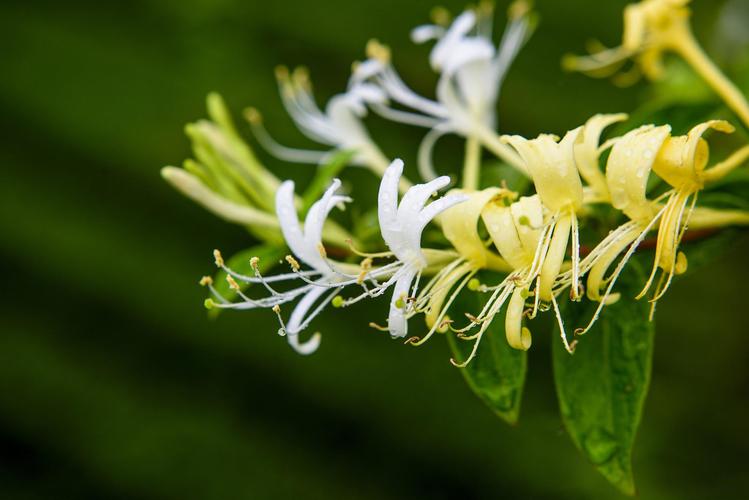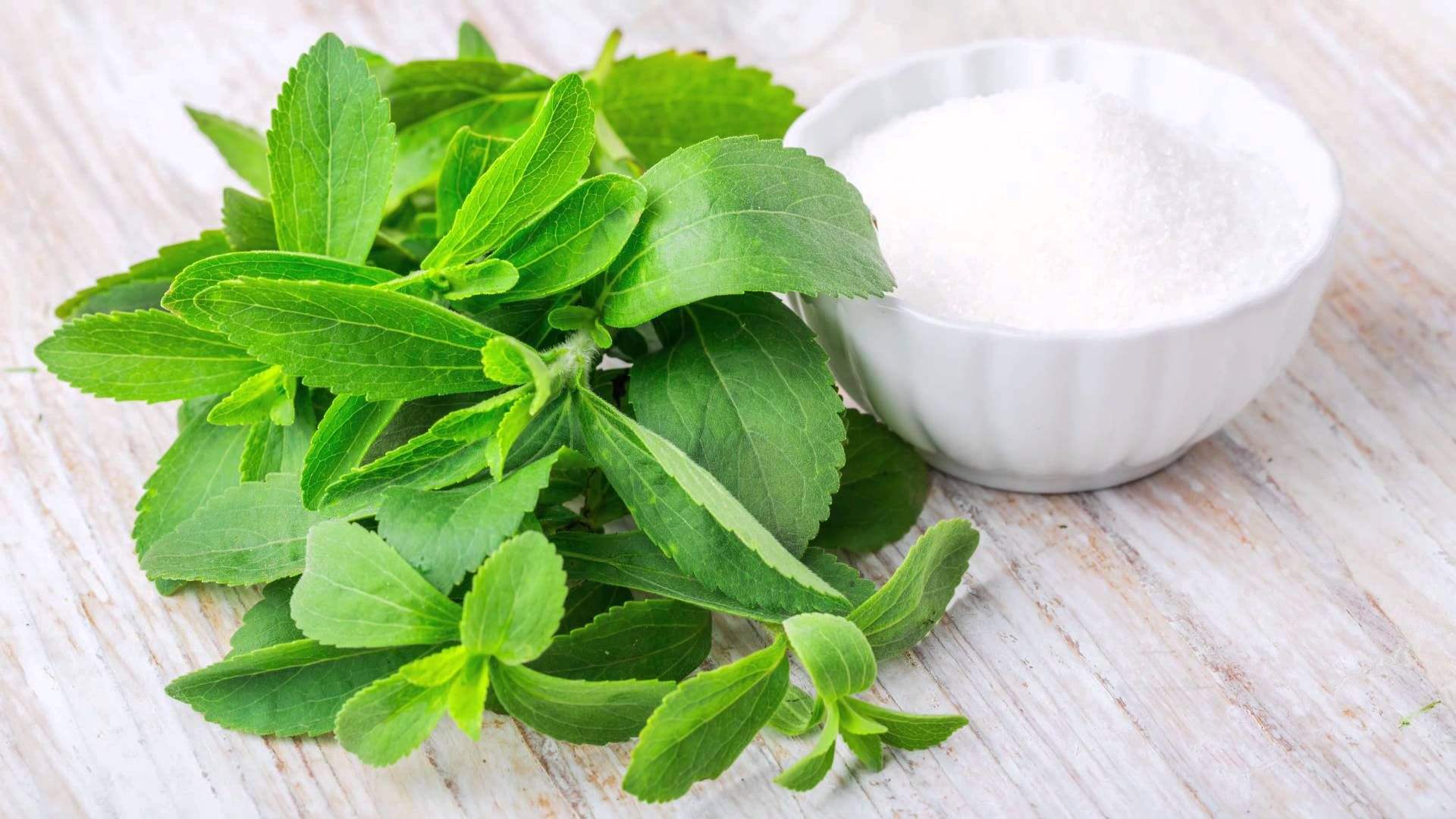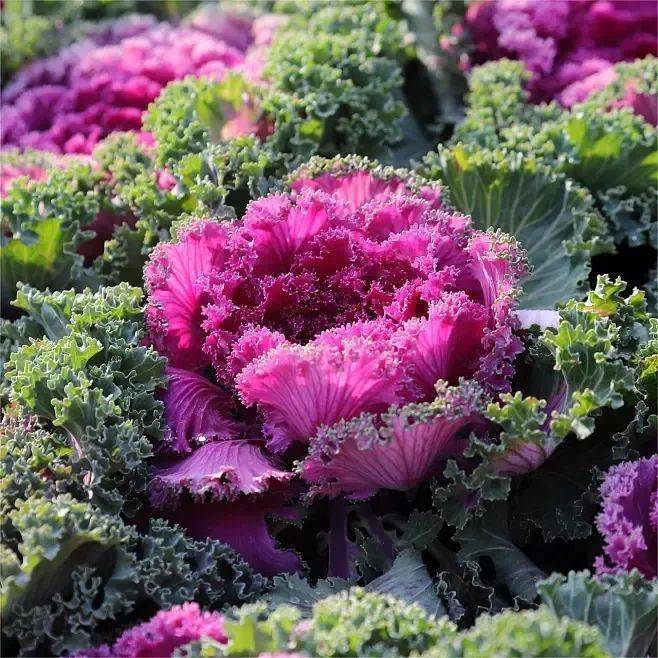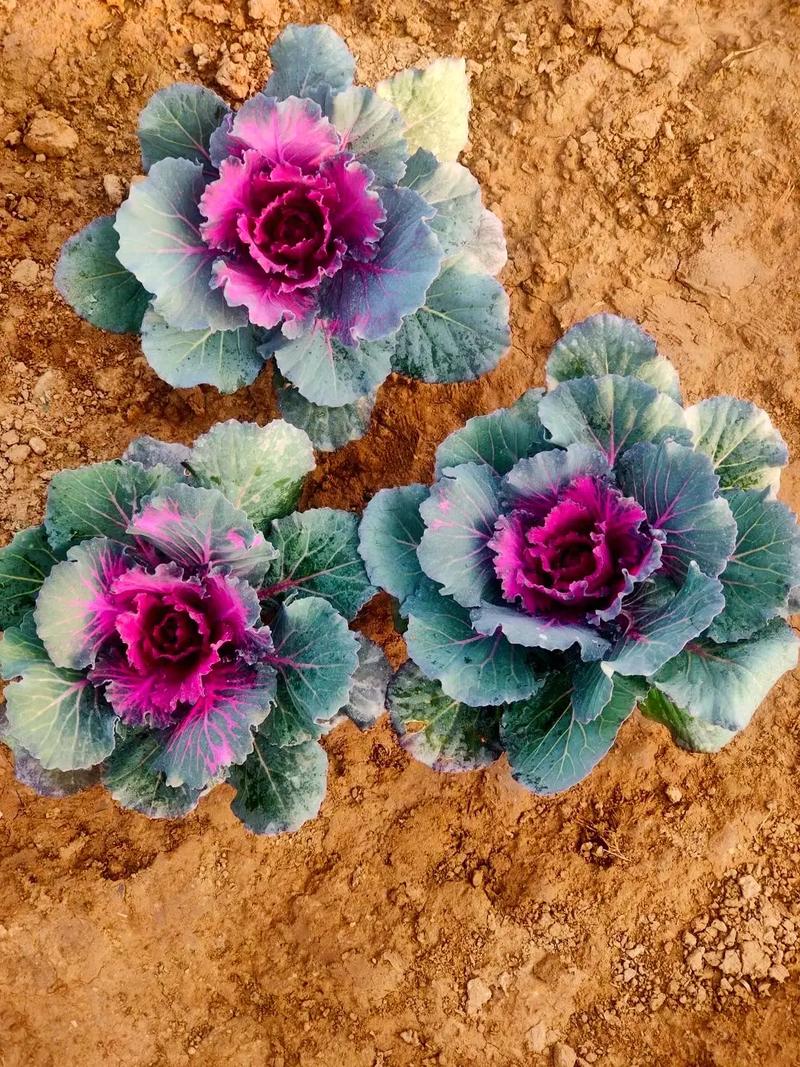Follow Us:
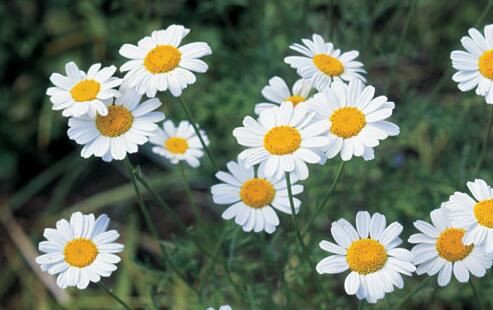
What Is Pyrethrin
What is pyrethrin
The pyrethrins are a class of organic compounds normally derived from Chrysanthemum cinerariifolium that have potent insecticidal activity by targeting the nervous systems of insects. Pyrethrin naturally occurs in chrysanthemum flowers and is often considered an organic insecticide when it is not combined with piperonyl butoxide or other synthetic adjuvants.[1] Their insecticidal and insect-repellent properties have been known and used for thousands of years.
Pyrethrins are gradually replacing organophosphates and organochlorides as the pesticides of choice as the latter compounds have been shown to have significant and persistent toxic effects to humans.
What is pyrethrin made from
Pyrethrins are pesticides found naturally in some chrysanthemum flowers. They are a mixture of six chemicals that are toxic to insects. Pyrethrins are commonly used to control mosquitoes, fleas, flies, moths, ants, and many other pests.
Pyrethrins are generally separated from the flowers. However, they typically contain impurities from the flower. Whole, crushed flowers are known as pyrethrum powder.
Pyrethrins have been registered for use in pesticides since the 1950’s. They have since been used as models to produce longer lasting chemicals called pyrethroids, which are man-made.
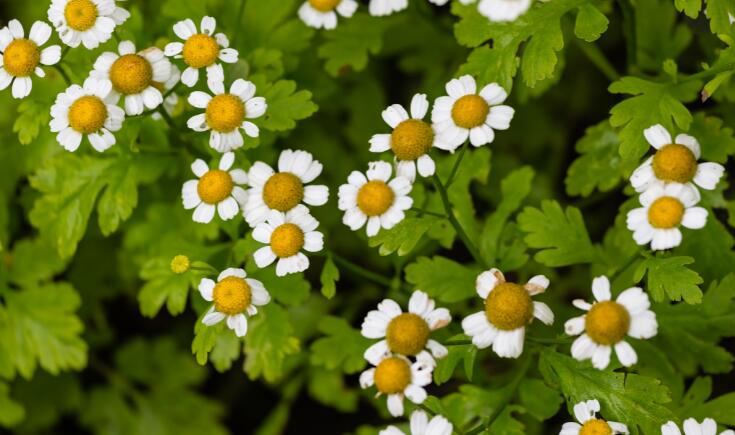
What is pyrethrin insecticide
HOW IS PYRETHRIN PRODUCED?
In order to harness the power of pyrethrin as a natural pest control product, the compound is extracted from the chrysanthemum plant. Once extracted, the manufacturer processes it into an insecticide for use in gardening and pest control. Typically, the chrysanthemum flowers are dried and then crushed into a fine powder. The powder can be used as-is or further be processed into a liquid form to use as a spray.
In its liquid form, pyrethrin remains the active ingredient in the insecticide while combining it with other ingredients to create the spray.
BENEFITS OF USING PYRETHRIN IN ORGANIC GARDENING
organic insecticidePyrethrin is an insecticide that kills a wide range of insect pests including ants, mosquitoes, moths, flies and fleas. Pyrethrin kills off insects almost instantly upon contact. Only apply Pyrethrin in smaller, spot sprays. You do not need to use a lot.
However, be careful not to overuse this insecticide product – take care avoid using on beneficial insects such as ladybugs and honey bees. Therefore, only use pyrethrin in situations where it will not affect these types of insects.
Additionally, pyrethrin breaks down rapidly, so it does not persist in the environment. This means pyrethrin-based sprays are often considered compliant for organic production, unlike many synthetic pesticides. If you are interested in using pyrethrins in your garden, make sure to check out our pyrethrin solutions here.
What is pyrethrin dust
Pyrethrum Dust with 1% Pyrethrin is a botanical insecticide dust that treats a broad range of insects (over 230 pests) including bed bugs, ants, roaches, crickets, fleas, centipedes and more. The pyrethrin gives the dust a fast kill and makes this all natural and safe for use around people and pets (always follow directions for safe use). Evergreen Pyrthrum Dust is OMRI Certified. Can be used in food handling and feed areas.
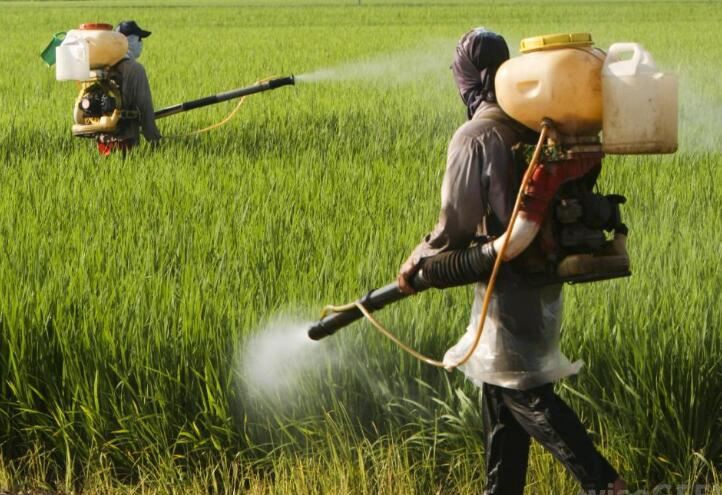
Is pyrethrin safe for humans?
In general, pyrethrins are low in toxicity to people and other mammals. However, if it gets on your skin, it can be irritating. It can also cause tingling or numbness at the site of contact.
What does pyrethrin do to humans?
Exposure to pyrethrum in high levels in humans may cause symptoms such as asthmatic breathing, sneezing, nasal stuffiness, headache, nausea, loss of coordination, tremors, convulsions, facial flushing, and swelling.
What are the uses of pyrethrin
Pyrethrum is used widely throughout the world to control many human and household pests such as mosquitoes and houseflies. While it was used widely in agriculture before World War II, cheaper and more effective synthetic products have mostly replaced it for farm use.4More recently, new pyrethrum products, often solvent-based and including PBO, have appeared on the agriculture market.7 Other than home and garden uses, pyrethrins are used on a variety of agricultural crops and for structural and public health pest control. Worldwide, about 200,000 kilograms (440,000 pounds) of pyrethrins are used each year.
FOR pyrethrin,Just send email to info@greenagribio.com , or submit your requirement in bottom form, we are of service at any time!
References:https://en.wikipedia.org/wiki/Pyrethrin
http://npic.orst.edu/factsheets/pyrethrins.html
https://www.saferbrand.com/articles/what-is-pyrethrin-is-it-safe
https://www.pharmatutor.org/articles/use-pyrethrin-pyrethrum-effect-environment-human-review













